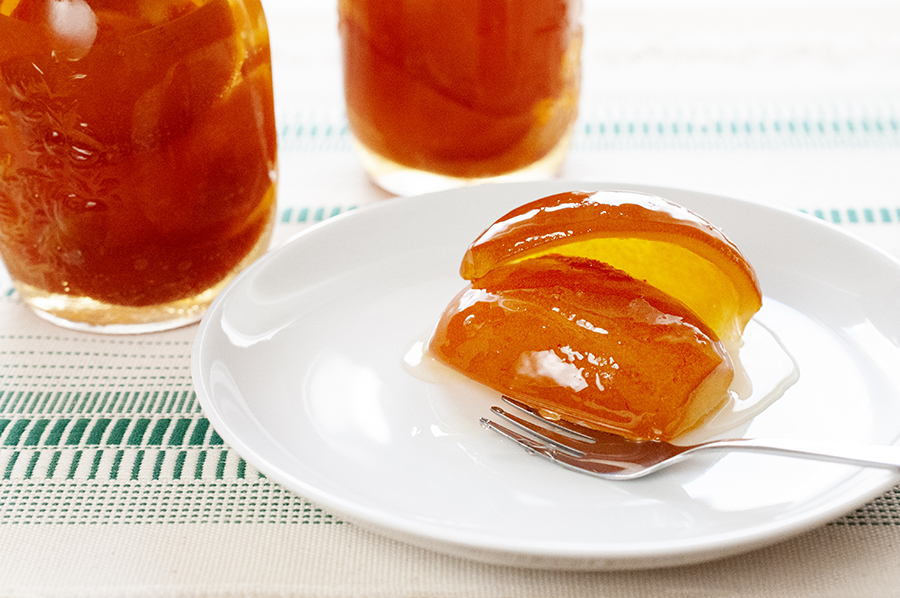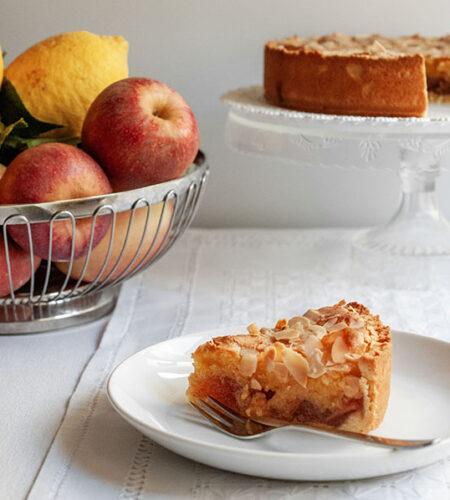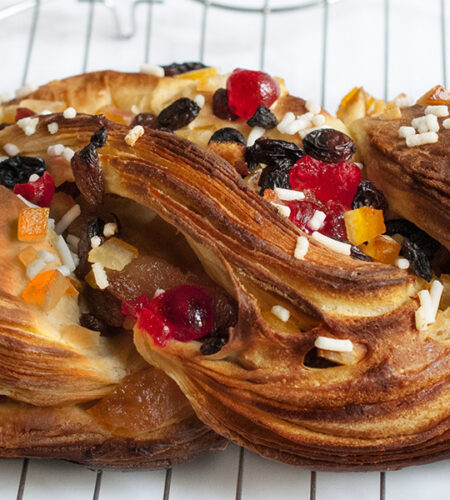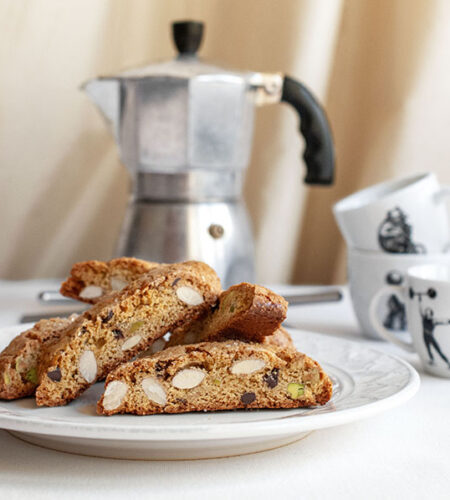I’ve always hated candied fruit. As a child, I used to take hours to eat Panettone because it had to be scrupulously de-candied and the process was very long.
Then I took a course with the pastry chef Rolando Morandin and a world opened up to me. I discovered that various types of fruit and vegetables can be candied, which then turn out very good.
I learned that there are “candissoire” but that you can also use household utensils. I learned to use the refractometer, a tool similar to a kaleidoscope that it is used to measure how much sugar is present in a food or liquid.
Candying is a long and tedious process. You have to be clean, meticulous, and patient.
The result, however, is extraordinary.
Candied Orange peel
- Preparation time: 10-12 days
- Ingredients for 2 jars
- Difficulty: Difficult recipe
- Ingredients
- 1 lb. 2 oz (500 grams) of Nevel-type orange peel
- 2 lb. 4 oz (1 kg) of sugar
- 1 liter of water
- For the syrup:
- 1 liter of candied syrup
- 14 oz (400 grams) of glucose syrup
- Instructions
- Take the oranges and wash them thoroughly in water. Dry them. Cut the peel on each into 4 or more vertical segments.
- Superficially pierce the peel with a fork.
- Put all the peels in a bag and leave them in the freezer for at least 1 day.
- The next day, put the peels in a bowl with cold water for at least 3 days; leaving them in the kitchen counter.
- Then take a large pot, add the orange peels, and cover them with cold water.
- Bring to a boil and cook over medium heat for at least two hours or until the skin can be easily pierced with a toothpick.
- Turn off the flame and wait for at least fifteen minutes for the peels to precipitate at the bottom of the pan. The peels should then be removed with a slotted spoon and placed on kitchen paper to remove excess water.
- Put the peels in a pan.
- Meanwhile, prepare the candying syrup.
- In a second saucepan, add the water and then the sugar. Stir for a long time with a spoon until the sugar is well dissolved and turn on the stove. Bring to a boil and cook for at least two minutes. Turn off the heat and pour the hot syrup over the peels.
- Put a net, grid, colander or any object with holes in this pot. It must be able to push the orange peels down and thus allow them to remain immersed in the syrup.
- After twelve hours, remove the syrup from the pot and pour it into another saucepan. Bring it to a boil and then pour it, still boiling into the pot with the orange peel.
- Repeat this process every twelve hours for seven to ten days at the most.
- When the candying is completed, you will notice something on the surface of the syrup that Rolando called “garlic skin”.
- You need to control the degrees brix, the sugar content of the aqueous solution. The candied fruits are ready when they reach the 70 brix. This measurement is controlled with a refractometer.
- Drain the candied fruit from the syrup by placing them on a wire rack.
- Take the jars in which you want to keep the candied fruit and sterilize them. I put them in the oven off, turn on the oven at 250 °F, and leave them in the oven for about 1 hour. I turn off the oven and let the jars cool. Put the candied peels in the sterilized jars.
- Meanwhile, I take 1 liter of leftover candied syrup and add the glucose. I bring it to a boil and pour it into the jars. I close them hermetically with the caps and pasteurize them in water for 30 minutes to 1 hour (depending on the size of the jar).
- Put the jars in a very large pot. Fill the pan with cold water and bring it to the boil. The pasteurization time is calculated from the start of boiling: for 500 g jars it is about 30 minutes; for those weighing 1 kg at least 1 hour; for those weighing 5 kg at least 3 hours.
Tips to ensure the success of the dish:
- The peels should be placed in the freezer so as to break the fibers and make them more tender. For the same reason, they should be left in water and then boiled for a long time.
- When the peels are in cold water, it is important to change the water at least 6-7 times a day. Otherwise you risk fermentation.
- The rinds should be pierced to make the candying process easier, thus allowing the syrup to penetrate inside the rind.
- Never put a lid on the candying pot.




